detail profile helena makowska

Helena Makowska
Elena Markowska
atau dikenal sebagai
Peran Yang Di Mainkan Helena Makowska
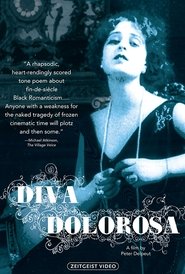 In this mesmerizing collage of silent...
In this mesmerizing collage of silent...Diva Dolorosa 1999
In this mesmerizing collage of silent Italian melodrama, found-footage filmmaker Peter Delpeut (Lyrical Nitrate) affectionately captures the spirit of the World War One-era cinema diva. In all-but-lost gems such as La donna nuda (1914), and Tigre reale (1916), superstars such as Lyda Borelli and Pina Menichelli portrayed heroines teetering dangerously between defiant indulgence in sexual passion and hysterical remorse at their own cruelties. Delpeut’s inventive celebration of Black Romanticism is both striking and heartbreaking in its composition—a beautifully woven narrative of tempted fate and self-torment, elegantly guided by Loek Dikker’s original score. Zeitgeist Films is proud to present Delpeut’s stunningly experimental work in all its heaving bosomed, luridly tinted glory.
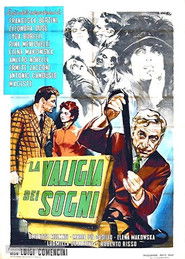 In the movie La valigia dei...
In the movie La valigia dei...The Suitcase of Dreams 1953
In the movie La valigia dei sogni (The Suitcase of Dreams, Italy, 1953) directed by Luigi Comencini, some sequences from Cenere are inserted. The protagonist is a former silent film actor who has saved old movies of his time from destruction, and uses them to set up recreational performances at schools. After an accidental fire and the risk of prison, he meets a rich producer who helps him to build a film museum.
 After fierce Roman commander Marcus Vinicius...
After fierce Roman commander Marcus Vinicius...Quo Vadis 1951
After fierce Roman commander Marcus Vinicius becomes infatuated with beautiful Christian hostage Lygia, he begins to question the tyrannical leadership of the despotic emperor Nero.
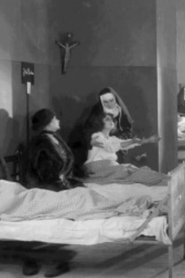 Judith Count Robert de Bertans daughter...
Judith Count Robert de Bertans daughter...Judith 1923
Judith, Count Robert de Bertan's daughter, is on holiday with her friend Louise and her father Marquis Emile de Fers. Meanwhile, banker Charles Delcourt has introduced De Bertan to the owner of a gambling-and-dance hall, Olga Tatschowas. De Bertan, unaware that his banker has lost the capital he gave him to invest at Olga's gambling tables, falls in love with Olga. He marries her, unaware that he is the victim of a plot hatched by Delcourt and Olga, who desires a title and De Bertan's possession.
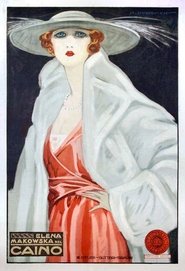 The singer Ccile Hervey celebrates great...
The singer Ccile Hervey celebrates great...Caino 1918
The singer Cécile Hervey celebrates great achievements, while her sister Elda lives quietly with her aunt Claire on land. Elda is engaged to neighbor Bruno Leveson, but is irresistibly attracted by his brother Raoul, which she will marry. Raoul cheats on her, even before the marriage, with her sister Cecile.
 The model Fede loves the writer...
The model Fede loves the writer...The Faun 1917
The model Fede loves the writer Arte, but he is enmeshed by the beautiful Femmina. Fede takes comfort in the Faun, a mythological creature who becomes animated from the stone sculpted by Arte. The love story with the Faun represents a return to a dreamt wildness impossible by now, for the modern man, to reach and maintain.
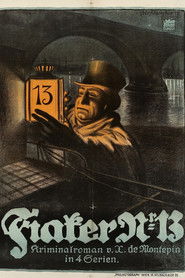 Il Fiacre n 13 from the novel...
Il Fiacre n 13 from the novel...Cab Number 13 1917
Il Fiacre n. 13, from the novel of the same title by Xavier Henri Aymon Perrin, Count of Montépin, a highly prolific and much-loved author whose books were vehicles for the depiction of social inequality, narrating stories of love, death, betrayal, blackmail, and redemption. The sweeping narrative of Il Fiacre n. 13 was mutilated by the Italian censor’s suppression of its first part, the most cynical episode, which sets the scene for a scheme discernable in the other three episodes, as the story develops from a sordid murder through plotting and deceit to finally reach a happy ending.
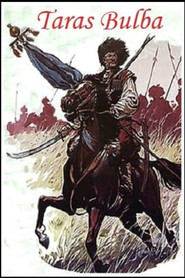
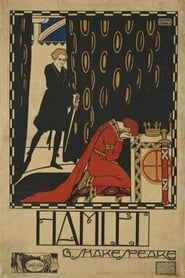 The short film tells the story...
The short film tells the story...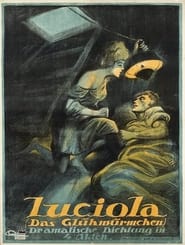 A homeless girl gets taken in...
A homeless girl gets taken in...